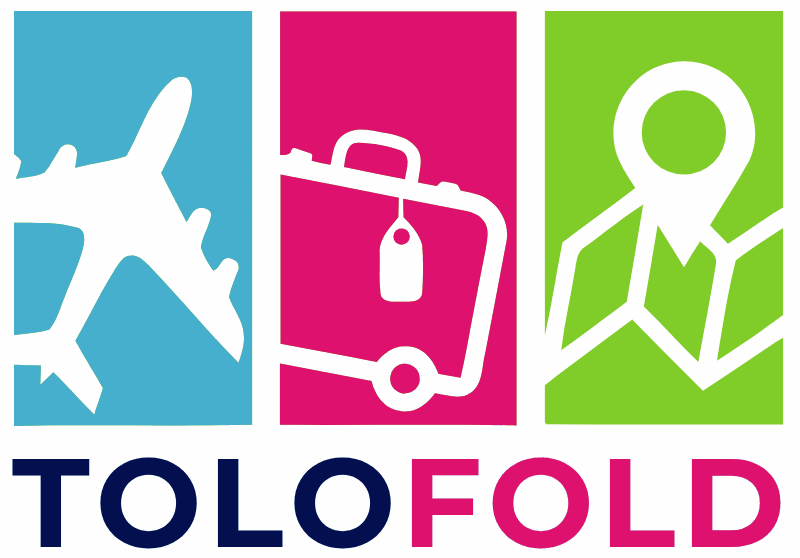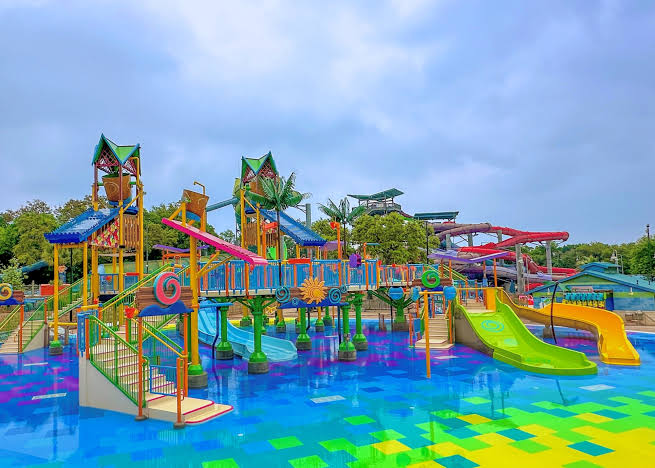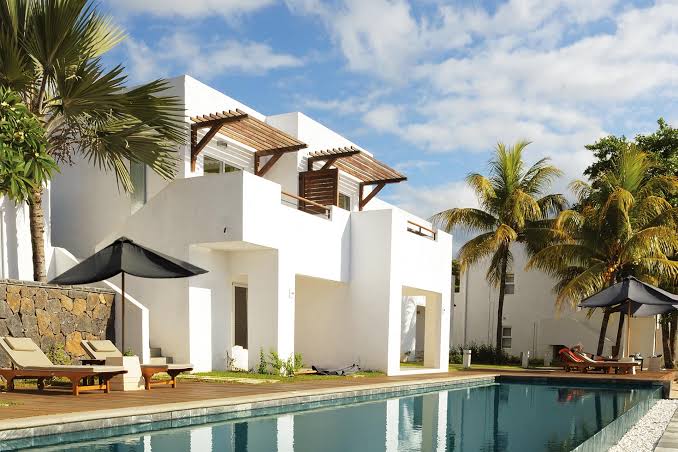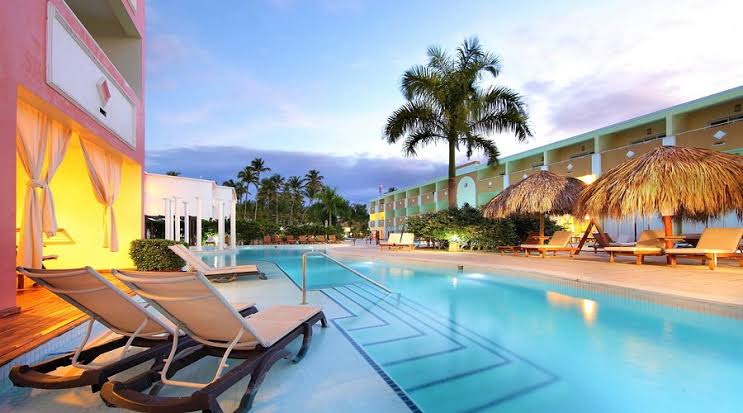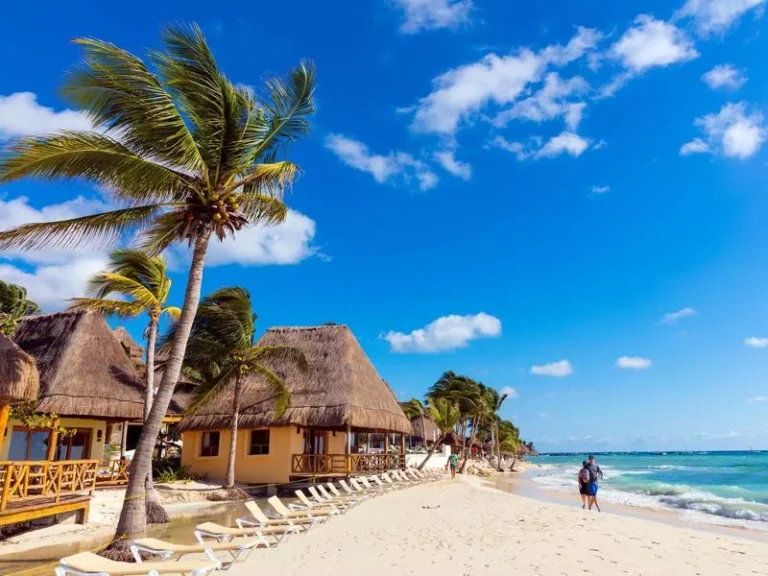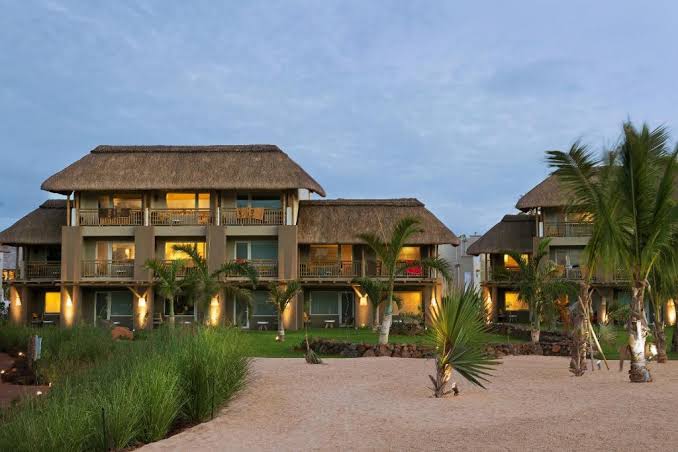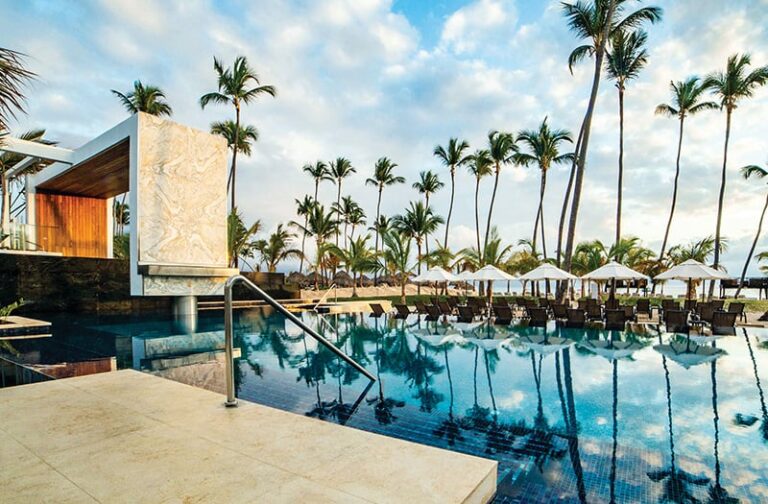SeaWorld’s Big Splash: Launching a “Global IP” Strategy as Hotel Dreams Sail Off the Schedule
SeaWorld’s Big Splash: Launching a “Global IP” Strategy as Hotel Dreams Sail Off the Schedule
By Marina Caldwell
ORLANDO, June 21, 2025 — In a bold pivot that could redefine its future, SeaWorld Entertainment (NYSE: SEAS) is unveiling a sweeping “global IP” strategy. If successful, this vision would position SeaWorld not just as a Florida marine park operator, but as a worldwide entertainment powerhouse, anchored around beloved characters, educational outreach, media content—and even theme park hotels. Yet amid the fanfare, SeaWorld’s plans for an integrated resort hotel have hit a wave of delays, drawing scrutiny from investors, local planners, and fans eager for immersive experiences.
Charting a Course Beyond the Tank: SeaWorld’s Strategic Shift
The evolution toward intellectual property (IP)-driven expansion marks a sea change for an operator historically defined by live-animal presentations and roller coasters. What does “global IP” mean in practice? According to SeaWorld’s Chief Strategy Officer, Jenna Morales, it’s “creating and controlling our own characters, stories, and branded experiences—across media, retail, parks, and partnerships.”
That could involve:
- Animated series or feature films inspired by SeaWorld’s iconic animals—like a narwhal superhero or orca adventurers.
- Merchandising (plush toys, apparel) tied to those characters.
- Themed attractions—from dark rides to 4D shows—that feature the new cast.
- Cross‐brand integrations with cruise lines, streaming platforms, and international park operators.
From Manta to Multimedia: Inside the IP Playbook
SeaWorld has begun quietly dancing with creative agencies. Confidential job listings show the company is hiring story architects, creative producers, and IP licensing managers. Meanwhile, trademark filings hint at future characters—“Kara the Coastal Crusader”, “Oli the Ocean Oracle”, and symbols associated with conservation-savvy branding.
Visitors at SeaWorld Orlando may already have glimpsed early attempts: sanctuary-style exhibits reframed as narrative zones (e.g., “The Journey of Lily the Loggerhead”), conservation messaging woven into ride pre-shows, and audio-visual story beats during aquarium walks. The intention? To create an emotional connection not just with animals, but with characters audiences can embrace across media—and revisit in future park visits worldwide.
Hotel on the Horizon (Eventually): Vision vs. Delays
A centerpiece of the IP expansion is the proposed SeaWorld Resort & Lodge, a multi-tiered hotel campus meant to immerse guests in SeaWorld’s oceanic universe from the minute they check in. Envisioned features include:
- Themed wings—“Beluga Bay,” “Coral Cove,” “Open Ocean.”
- Interactive lobbies with virtual reality tide pools and whale simulators.
- Dining experiences like “The Kelp Forest Café” and night-time dining with bioluminescent projections.
- Character walkthroughs and storytelling shows for children.
- Eco‑sustainability credentials, including solar-powered roofs, ocean‑plastics recycling programs, and native landscaping.
This resort was scheduled to begin construction in early 2024, with a grand opening planned for late 2026. But today, SeaWorld confirmed the project has been delayed indefinitely.
Why the Setback? Funding, Permitting, Market Shifts
Officially, SeaWorld cites “market reassessment and capital allocation considerations.” Behind the scenes, three main forces are interacting:
- Post‑pandemic tourism recalibration: Guest attendance is high—but per‑capita spending and average length‑of‑stay are flattening. SeaWorld needs to determine whether the ROI justifies the projected $750 million investment in lodging infrastructure.
- Construction/process refinery: Orchestrating a large‑scale, themed resort with extensive environmental features requires navigating complex local‑government permitting—strict stormwater, architectural, and traffic-safety permitting slowed approvals.
- Capital constraints: SeaWorld’s parent company carries a mid‑single‑digit leverage ratio. While it’s not in distress, executives and board members are evaluating whether to apply scarce capital toward IP development (which scales quickly) versus long‑lead, high‑cost physical assets.
Industry Voices Weigh In
To better understand this strategic realignment, we spoke to analysts, park insiders, and themed‑entertainment experts.
Analyst Perspective
Emmett Jones, an equity analyst at DeepWave Capital, explains:
“SeaWorld’s pivot toward global IP feels akin to what Universal and Disney have been doing for decades—but with a marine‑life twist. It’s a smart move: once you establish characters, you can merchandise across parks, streaming, books, everything.”
However, Emmett cautions:
“Without a signature IP, SeaWorld is also at risk of being perceived as ‘IP light’—so execution matters, and so does the hotel. A fully immersive resort binds the narrative the guest lives, but delays may weaken that strategy.”
Park Insider (anonymous)
An Orlando-based creative director working on the project shares:
“The vision is magical—families staying in underwater-themed rooms without leaving the ecosystem of SeaWorld’s storytelling. But every detail—from local wildlife impact to cultural authenticity—needs vetting. The permit paperwork alone is monstrous.”
Themed-Entertainment Consultant
Lisa Auger, a former Imagineer, notes the significance of storyline cohesion:
“You can’t treat character IP and hotel as isolated assets. The resort needs to reflect the world built in the park. That integration is expensive and time-consuming. Delays may stem from aiming too high, too fast.”
IP vs. Infrastructure: A Tale of Two Investments
At first glance, SeaWorld’s IP overhaul and hotel delay seem contradictory. But sources inside the company suggest a smarter alignment: pushing forward where capital is more efficient and scalable—media, licensing, park upgrades—while pressing pause on big‑ticket physical assets that carry long lead times.
Where the Money Is Going Now
- Animation and streaming pilots: A small, scrappy in‑house animation studio is reportedly being stood up, targeting first short-form series pitched this year.
- Soaring “mini IP” projects: SeaWorld’s existing mascots—like Shamu Jr. and Pip the Puffin—are being repackaged for video shorts, storybooks, and small‑scale ride overlays.
- Park upgrades with character layers: At San Diego, there’s talk of overlaying the Antarctic penguin exhibit with “Penny the Penguin” character shows. At Orlando, sections of the Sesame Place—owned by SeaWorld—are to get cohesive staging to deepen narrative.
The Consequence of Delay: Market, Community, and Comps
Local Stakeholders
Orange County and Orlando tourism officials were vested in the SeaWorld Resort as an economic booster—hotel jobs, conference facilities, expanded guest capacity. A commissioner quietly remarked:
“We were counting on SeaWorld’s housing units to absorb voter-friendly development dollars and traffic improvements. Now the calculus changes.”
Market Comparisons
Competitors have surged ahead:
- Universal’s Endless Summer Villas—a 600‑room, moderately priced resort opened in 2023—has exceeded occupancy targets and is credited with boosting multi‑day resort stays.
- Disney’s Riviera Resort leverages IP integration richly: Moana, Sleeping Beauty, etc., fill every corner.
SeaWorld’s silence on a revised hotel timeline compels Wall Street to question if its core strategy is truly “park‑plus‑resort” or simply “park‑plus‑IP.” Some analysts now downgrade the investment from “expansion” to “evaluation.”
Voices from the Ground: Guest Experience Unchanged—for Now
For park attendees today, the hotel delay is imperceptible. A family from Missouri, spending the day at Orlando SeaWorld, commented:
“We heard about the hotel plans, but honestly we’re here for the rides and shows,” said Melissa Nguyen. “If the characters and new short films are fun, that’s good enough.”
For guests, SeaWorld’s visible shift in tone—toward story‑driven rides and restaurant decor—is more impactful than behind‑the‑scenes hotel decisions.
What Comes Next: The Outlook for IP-Driven Growth
Despite the delays, there’s cautious optimism:
- IP Pilots in the Next 12 Months — The animation studio is expected to produce at least two short pilots, targeting streaming and pre‑roll platforms.
- Scaled Park Upgrades — SeaWorld plans to roll out “character overlays” across eight parks by 2027.
- Hotel Reassessment in 2026 — With projects like Six Flags’ Hurricane Harbor Lodge (opening 2026) showing mid‑range hospitality demand, SeaWorld will reevaluate its financial case for lodging expansion.
In addition, the company is actively seeking external partnerships—with cruise lines, aquariums, cities looking to build marine‑life exhibits—under its “Ocean Stories” brand licensing program. Monetizing IP beyond parks could prove more lucrative and less capital‑intensive than building a full resort.
Conclusion: A Strategic Tightrope
SeaWorld stands at a crossroads. Should it lean into the technology-rich, character-driven IP world—producing media, engaging guests via content, licensing broadly—or double down on mega‑resort physical infrastructure, betting on the emotional draw of immersive stays?
Right now, the bet is on IP. The hotel dream remains alive, but for now it’s on pause. Whether that’s a smart recalibration—or a retreat from ambition—is a question that’ll be answered in the next 12–18 months.
Key Takeaways
- Global IP focus: SeaWorld aims to transform into a multiplatform brand with characters, licensing, and media.
- Hotel delay: The $750M-themed resort has been postponed, pending market, permitting, and capital review.
- Balanced execution: Park overlay investments, IP pilots, and licensing rollout are underway—before committing to the resort.
- Investor spotlight: The company’s next moves on media announcements and capital allocation will define its credibility.
- Resort timeline: Don’t expect new construction until 2026 at the earliest; investors and local planners will want a firmer roadmap soon.
Industry Outlook
Should SeaWorld’s IP effort resonate—as Nintendo’s Mario, Disney’s Frozen, or Universal’s Jurassic Park did—then secondary revenue streams could become a sustainable engine. A well‑executed IP model could even make the hotel more viable: once kids grow attached to new SeaWorld characters, families might pay a premium to sleep among them.
But if the IP rollout falls flat, SeaWorld risks becoming a park operator without a luring narrative port. That would leave it chasing footfall and capex without the premium pricing power of strong brands.
What to Watch
- IP rollouts – Look for animated shorts, library trailers, and licensing partnerships over the next year.
- Park upgrades – Which exhibits or shows receive full character and narrative integration.
- Hotel updates – Whether SeaWorld introduces a revised timeline, scaled-down pilot, or external partner for resort development.
- Financial reporting – Specifically line items tied to “Content” vs. “Resort” investment—analysts will dig for clues during earnings calls.
Epilogue: A Wave at Sea or a Splash to the Shore?
Transforming SeaWorld from live‑animal shows into a global entertainment brand is a grand ambition. The parallels to Disney or Universal are obvious—but so are the challenges: building IP from scratch in a crowded media ecosystem, executing seamlessly across parks, and requisitioning funding for large‑scale physical assets.
Delaying the resort may be prudent—if SeaWorld can remain nimble and focused on storytelling. But the resort is the symbolic heart of the IP strategy: a place to touch, taste, sleep, and dream in the worlds being created. Rebooting those plans with confidence—and a clear investment blueprint—will be the ultimate test of whether SeaWorld’s IP tides are rising… or ebbing.
